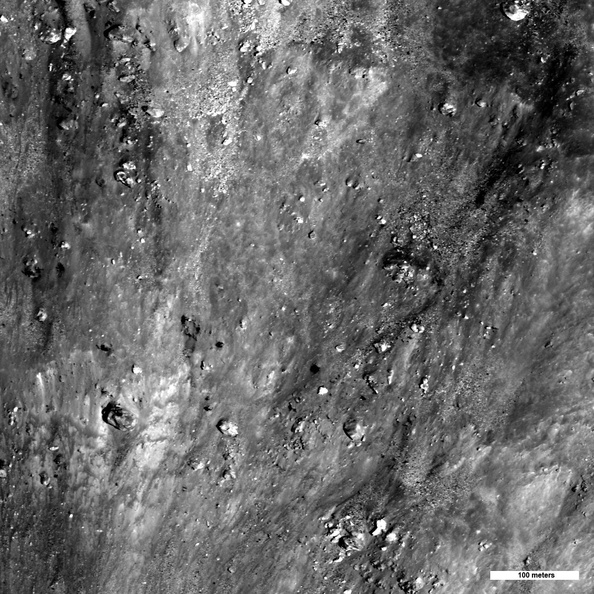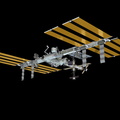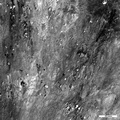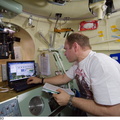
WIKIARCHIVES.SPACE
The Human Spaceflight Archive

Boulders and impact melt on the interior wall of a recent 5 kilometers (3 miles) diameter crater. The rim of the crater is near the top of the image, downhill is towards the bottom of the image.
Information
- Taken in
- Author
- NASA/GSFC/Arizona State University
- Description
-
Boulders and impact melt on the interior wall of a recent 5 kilometers (3 miles) diameter crater. The rim of the crater is near the top of the image, downhill is towards the bottom of the image.
NASA's Goddard Space Flight Center built and manages the mission for the Exploration Systems Mission Directorate at NASA Headquarters in Washington. The Lunar Reconnaissance Orbiter Camera was designed to acquire data for landing site certification and to conduct polar illumination studies and global mapping. Operated by Arizona State University, LROC consists of a pair of narrow-angle cameras (NAC) and a single wide-angle camera (WAC). The mission is expected to return over 70 terabytes of image data.
- Created on
- Wednesday 12 May 2010
- Albums
- US SPACE PROGRAM / PROBES / MOON / LRO/LCROSS / Mission Photos (Edited)
- Source link
- https://photojournal.jpl.nasa.gov
- Visits
- 15
- Rating score
- no rate
- Rate this photo
- License
- Public Domain
- Modified by WikiArchives
- No (original)
- Downloads
- 0
Powered by Piwigo













